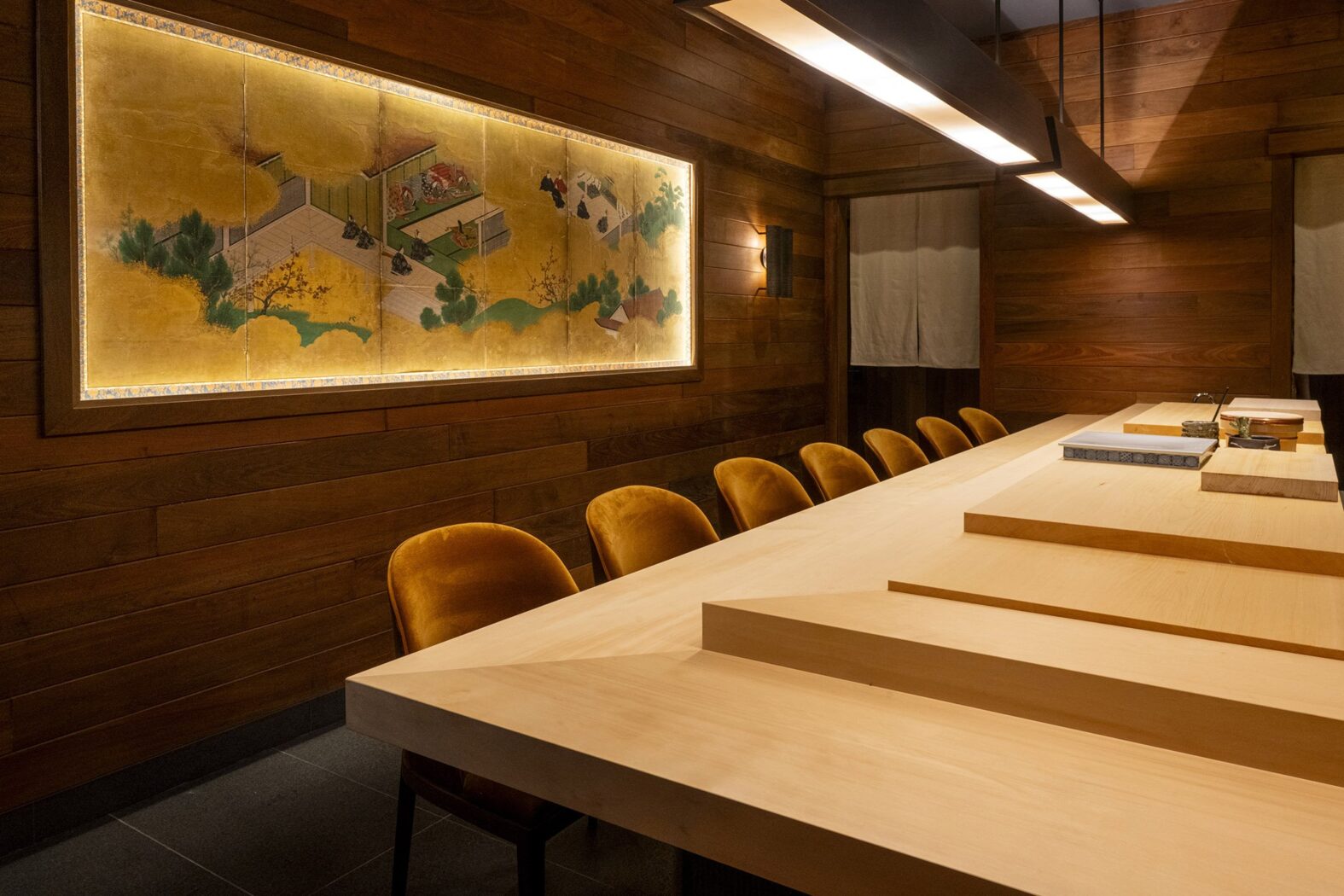Recommended sushi restaurants in New York/United States
Characteristics of New York’s Cuisine
Dream-Chasing City, New York
New York is located on the eastern part of the United States and is one of the world’s leading international cities, known as a center for finance, culture, and tourism. Its diversity and vibrant atmosphere attract people from all over the world, making New York a city that continuously evolves.
Geographically, New York City is situated on Manhattan Island, flanked by the Hudson River and the East River, with boroughs such as Brooklyn, Queens, the Bronx, and Staten Island surrounding it. Manhattan is known for its skyscrapers, playing a crucial role as a global financial center and cultural hub.
As a multicultural city, New York is home to immigrants from across the globe, where various languages and cultures coexist. This convergence of diverse cuisines, religions, and cultures leads to the creation of rich cultural and artistic expressions.
Economically, New York is recognized as a global financial center, with Wall Street and the New York Stock Exchange at its core. The city also boasts a wide range of industries, including fashion, entertainment, and technology, where vigorous activities are conducted.
As a tourist destination, New York hosts numerous world-famous landmarks, such as the Statue of Liberty, Empire State Building, and Central Park, attracting many visitors.
Stage of Transformation and Prosperity, Path to the World’s Center
New York’s history is diverse and complex, existing as land for indigenous peoples before the arrival of Europeans. In 1609, Dutch explorer Henry Hudson sailed the Hudson River, reaching this area. Subsequently, Dutch settlers established the colony of New Amsterdam in 1626.
In 1664, the English seized New Amsterdam, renaming it New York. Under British rule, the colony expanded, and trade and commerce flourished. After the American Revolutionary War, New York City temporarily served as the capital of the United States in 1785.
In the 19th century, New York rapidly grew as the center of the American economy. Developments in transportation, such as the opening of the Erie Canal and the expansion of the railway system, boosted the economy. Additionally, the influx of immigrants significantly increased the city’s population, enriching its cultural and industrial diversity.
Entering the 20th century, New York established its status as a global financial center and an international city with diverse cultures. However, it also faced economic fluctuations and social issues at times.
Today’s New York thrives as one of the world’s leading tourist destinations and cultural centers. Its historic landmarks, diverse cultures, and role as an economic hub make New York a unique city.
Diverse and Rich Food Culture
The city offers a variety of cuisines, with its diversity being one of its charms. New York is among the world’s densest restaurant areas, from high-end establishments to casual eateries. Food trucks and street vendors are also prevalent, offering diverse dishes on the go.
New York serves various international cuisines, such as Asian, Latin, and European dishes. Notably, areas with a high concentration of immigrants like Queens and Brooklyn have unique food cultures. For example, Italian delis and bakeries, Chinese restaurants, and Middle Eastern eateries coexist, offering different flavors in each area.
New York’s food culture also roots in local ingredients and traditional dishes. Seafood, bagels, cheesecake, delicatessens, and hot dogs are among its popular foods, symbolizing the city’s food culture.
Furthermore, New York attracts chefs and culinary professionals worldwide, constantly evolving innovative dishes and dining experiences, always at the forefront of food trends and fashion.
Widely Embraced Sushi Culture as a Common Meal
In New York, sushi culture is widely accepted, with numerous Japanese restaurants and sushi bars. The city has embraced sushi as a common meal option due to Japanese immigrants and the growing interest in Japanese culture.
New York’s sushi restaurants offer everything from traditional to modern creative sushi, prepared with fresh ingredients by skilled sushi chefs. Sushi bars in the city allow patrons to sit at the counter and watch as sushi is made and served directly.
New York’s sushi culture also includes fusion and variations with Western cuisine, such as rolls with fruits like avocado and mango, and American-style sushi with cream cheese and avocado.
Additionally, takeout and delivery sushi are popular, fitting the busy urban lifestyle as a convenient meal option.
Overall, New York’s sushi culture is diverse and vibrant, ranging from traditional Japanese sushi to contemporary variations, widely loved and enjoyed as a part of the city’s everyday meals.
Flavorful City, New York’s Specialty Products Awaiting Discovery
New York’s specialty products include a variety of foods and goods. Among them, New York-style cheesecake stands out, offered in many bakeries and restaurants, beloved by locals and tourists. Bagels, known for their unique fluffy texture and flavor, are also a New York staple. Pizza, particularly the thin, soft-crusted New York-style topped generously with tomato sauce and cheese, is famous. Lastly, fresh seafood from the East River, especially oysters and lobster, is served widely from high-end restaurants to street diners, allowing enjoyment of the sea’s bounty. These specialties represent New York’s food culture and local flavors, cherished by many.



